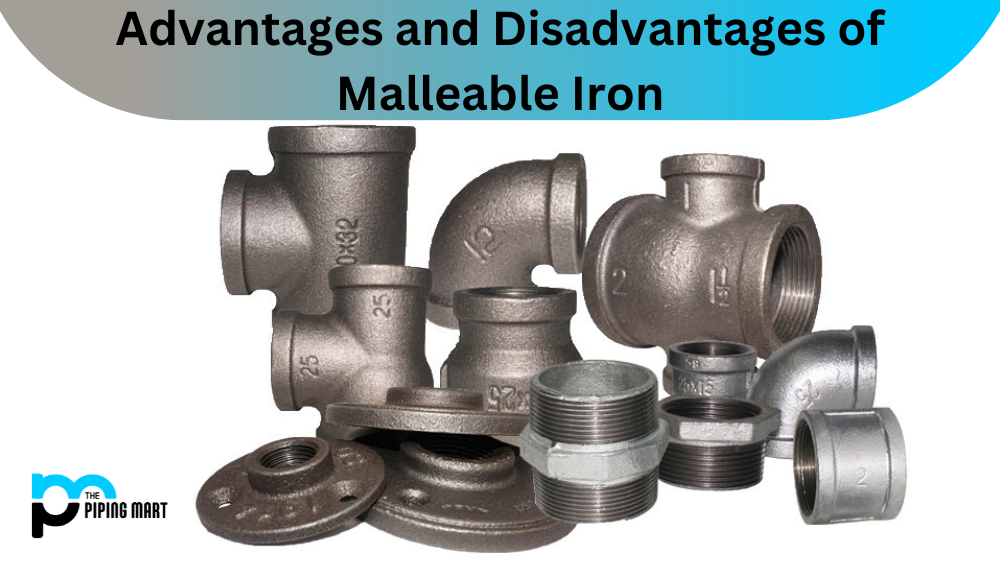If you’re in the aluminum market, it cannot be easy to decide which alloy is best for your project. Two of the most popular aluminum are 5083 and 6061, but what differentiates them from one another? Let’s look at the similarities and differences between these two metals.
Aluminium 5083
Aluminium 5083 is a medium-strength alloy with excellent corrosion resistance. It is easy to weld, rivet, and solder. Due to its high strength, it is used to manufacture vehicles, ships, trains, and aircraft. It is also used in the food and chemical industries.
Aluminium 6061
Aluminium 6061 is a heat-treatable alloy that is strong, light, and corrosion-resistant. It is easy to weld, rivet, and solder. Due to its high strength, it is used to manufacture vehicles, ships, trains, and aircraft. It is also used in the food and chemical industries.
Difference Between Aluminium 5083 and 6061
The main difference between Aluminium 5083 and 6061 is that Aluminium 5083 has higher strength than Aluminium 6061. Aluminium 5083 has excellent corrosion resistance, while Aluminium 6061 has only good corrosion resistance. Moreover, Aluminium 5083 can be welded using all methods, while Aluminium 6061 can only be welded using specific techniques.
Aluminum 5083 vs. 6061 – Similarities
The first thing to note is that aluminium 5083 and 6061 belong to a group of aluminum known as medium-strength alloys. This means they have an above-average strength compared with other types of aluminum. Both alloys are heat treatable and can be welded and machined with relative ease.
Aluminum 5083 vs. 6061 – Differences
The main difference between aluminium 5083 and 6061 lies in their respective chemical compositions. Aluminium 5083 contains 5% magnesium, 0.7% manganese, 0.4% iron, 0.2% chromium, 0.18% silicon, 0.14% copper, and 0.05 zinc, while aluminium 6061 contains 0.6–0.7 magnesium, 1% manganese, 0.15–0.4 iron, 0.04–0.35 chromium, 0.15–050 copper, up to 020 zinc, up to 040 titanium, and up to 05 zirconium. As a result of its slightly higher magnesium content, aluminum 5083 is considered stronger than aluminum 6061; however, it is also more prone to corrosion since it lacks some of the elements found in its counterpart that help protect against corruption, such as chromium and copper. This means that if you’re looking for a metal that is strong yet resistant to corrosion, aluminium 6061 may be the better choice for your project.
Aluminium 5083 Chemical Composition
The chemical composition of Aluminium 5083 includes iron (Fe), silicon (Si), copper (Cu), manganese (Mn), magnesium (Mg), chromium (Cr), zinc (Zn), titanium (Ti), aluminium (Al).
Aluminium 6061 Chemical Composition
The chemical composition of Aluminium 6061 includes iron (Fe), silicon (Si), copper (Cu), manganese (Mn), magnesium (Mg), chromium (Cr), zinc (Zn), titanium(Ti), aluminium(Al).
Conclusion:
Overall there are several differences between Aluminium 5083 and Aluminium 6061; however, there are also many similarities, such as their heat treatability and machinability. Ultimately which alloy you choose depends on what your specific needs are for your project. If you need a metal that is strong yet resistant to corrosion, then Aluminium 6061 may be ideal. In contrast, Aluminium 5083 might be better suited for your needs if you require something even more substantial. Before deciding which aluminum alloy is suitable for you, do plenty of research to make an informed decision!
Meet Heer, a dynamic and driven writer learning tricks of her trade in the metal industry. With a background in Digital Marketing, Heer brings a unique perspective to her writing, sharing valuable insights. Apart from blogging she like reading and hiking.




